Retro Replay Review
Gameplay
Maelstrom’s real-time strategy core hinges on its dynamic environmental manipulation system. Players aren’t simply building bases and rallying units; they are terraforming the battlefield itself. Freezing rivers to create formidable ice bridges, summoning tornadoes to scatter enemy formations, or raising mountain ranges to serve as natural bulwarks all become vital tactics. This level of elemental control elevates the standard RTS formula by offering a playground of strategic possibilities that feel both innovative and impactful.
(HEY YOU!! We hope you enjoy! We try not to run ads. So basically, this is a very expensive hobby running this site. Please consider joining us for updates, forums, and more. Network w/ us to make some cash or friends while retro gaming, and you can win some free retro games for posting. Okay, carry on 👍)
Each of the three factions—the low-tech Remnants, the high-tech Ascension, and the bio-engineered Hai-Genti—brings distinct playstyles to the fray. The Remnants rely on guerrilla tactics and conventional armaments, ideal for players who favor ambushes and attrition. The Ascension, with their ruthless efficiency and advanced weaponry, reward those who can manage high-tech production chains and laser-focused assaults. Meanwhile, the Hai-Genti leverage organic units that adapt and evolve mid-battle, providing a fresh layer of unpredictability for commanders seeking dynamic, living armies.
Hero units introduce a thrilling twist: at any moment you can zoom into a third-person view and directly control these powerful characters. This feature injects an action-RPG feel into the game’s strategy framework, letting you personally turn the tide of battle with a well-timed special ability or daring charge. Balancing macro-level base management with micro-level hero control creates a satisfying ebb and flow that keeps you fully engaged across both singleplayer missions and multiplayer skirmishes.
Multiplayer supports up to six players across various modes, from classic Free-for-All and Team Deathmatch to objective-driven campaigns that leverage the terraforming mechanics in new ways. Matchmaking and server stability have improved since launch, making online confrontations more accessible than ever. Whether you’re coordinating with allies to erect impassable barriers or unleashing a bio-plague tide on your foes, Maelstrom’s multiplayer remains a highlight that extends replayability far beyond the campaigns.
Graphics
Despite its age, Maelstrom’s graphical presentation holds up surprisingly well thanks to its distinctive art direction. The devastated future Earth is portrayed in bleak, muted tones that emphasize humanity’s struggle for survival. Detail is especially striking in close-up views, where crumbling cityscapes and jagged terrain tell stories of past ecological collapse. The sense of scale when you trigger a continent-shaking earthquake or a raging wildfire remains impressive, even by modern standards.
Unit models and animations vary dramatically between factions, reinforcing their unique identities. Remnant infantry move with ragged determination, bearing the scars of long guerrilla campaigns. Ascension soldiers glide across the battlefield with precise, robotic efficiency, and their high-end vehicles gleam with polished chrome. The Hai-Genti, in contrast, animate with an organic fluidity—tendrils undulate and armor plates shift in seamless, living patterns that feel distinctly alien.
Effects like particle-based weather simulations and dynamic lighting play key roles in gameplay as well as aesthetics. Tornadoes swirl with convincing force, casting shadows that momentarily obscure your units. Acid rain spews from Hai-Genti spore cannons, corroding structures both visually and mechanically. These integrated visual cues don’t just look good—they inform your tactical decisions in real time, blending form and function elegantly.
The user interface is clean and unobtrusive, with context-sensitive menus that adjust based on your current faction and hero selection. While some veteran RTS players might find the hotkey layout less intuitive than modern standards, a customizable hotkey mapping and clear iconography make it easy to learn. The minimap is detailed enough to monitor both terrain changes and unit movements, ensuring you never lose sight of the broader battlefield picture.
Story
Maelstrom’s narrative unfolds on a ravaged Earth in the year 2050, where an ecological catastrophe has pushed humanity to the brink. The story is told across three distinct campaigns, each offering a different perspective on the ongoing war. As a Remnant commander, you experience the gritty reality of insurgent life, fighting for every scrap of food and ammunition. Through the Ascension campaign, you witness a cold, calculated quest for global dominance, where logic trumps empathy at every turn.
The Hai-Genti campaign stands apart with its sense of otherness. Playing as this alien race you gradually unlock the horrifying beauty of bio-engineering, transforming both the land and living creatures to serve your hive. The storytelling here is subtle but effective, using in-game archives and mission briefings to paint a broader picture of the Hai-Genti’s ancient motives and evolutionary drives. This layered narrative approach encourages exploration, rewarding players who dig into lore for additional insights.
Character development comes largely through hero units, each with a backstory that deepens your emotional investment. Whether it’s a battle-hardened Remnant sniper haunted by past losses or an Ascension tactician who views life as a series of logical calculations, these heroes bring humanity (or alien logic) to the forefront. Cutscenes are well-directed, with moody cinematics that capture the desperation and grandeur of the struggle.
While the overall plot can feel familiar to RTS veterans—survive, adapt, and conquer—the environmental themes give Maelstrom a unique flavor. Climate collapse isn’t merely window dressing; it’s the catalyst for the conflict, motivating both human factions and the Hai-Genti. This ecological underpinning adds depth and urgency to each mission, reminding players that the war is as much about saving (or reshaping) the planet as it is about wiping out the enemy.
Overall Experience
Maelstrom successfully melds classic RTS gameplay with innovative terraforming mechanics and hero-based action segments, creating an experience that feels both nostalgic and refreshingly novel. The three-faction system ensures substantial variety, encouraging you to master different strategies and playstyles. Whether you favor guerrilla skirmishes, high-tech dominance, or adaptive biological warfare, Maelstrom delivers satisfying depth and challenge.
The graphical fidelity and atmospheric design remain compelling, painting a lost world in stark relief. While certain user interface elements and pathfinding quirks can feel dated, these minor drawbacks are outweighed by the game’s strong presentation and functional clarity. Environmental effects not only look spectacular but also directly impact tactical decisions, reinforcing the synergy between visuals and gameplay.
Story-wise, Maelstrom offers a solid, if familiar, sci-fi tale empowered by environmental themes that set it apart from other RTS titles. The narrative is carried by memorable heroes and immersive mission design, making each campaign feel purposeful and engaging. Multiplayer further extends the game’s longevity, fostering heated battles and strategic showdowns that highlight the terraforming system’s full potential.
For buyers seeking an RTS that combines old-school strategy foundations with inventive mechanics and a richly realized future Earth, Maelstrom stands out as a rewarding choice. Its learning curve offers room for growth, while its variety of factions and modes ensures there’s always something new to explore. Whether you’re a veteran commander or a newcomer to the genre, Maelstrom provides an engaging adventure in a world teetering on the edge of annihilation—and that’s a journey well worth taking.
 Retro Replay Retro Replay gaming reviews, news, emulation, geek stuff and more!
Retro Replay Retro Replay gaming reviews, news, emulation, geek stuff and more!
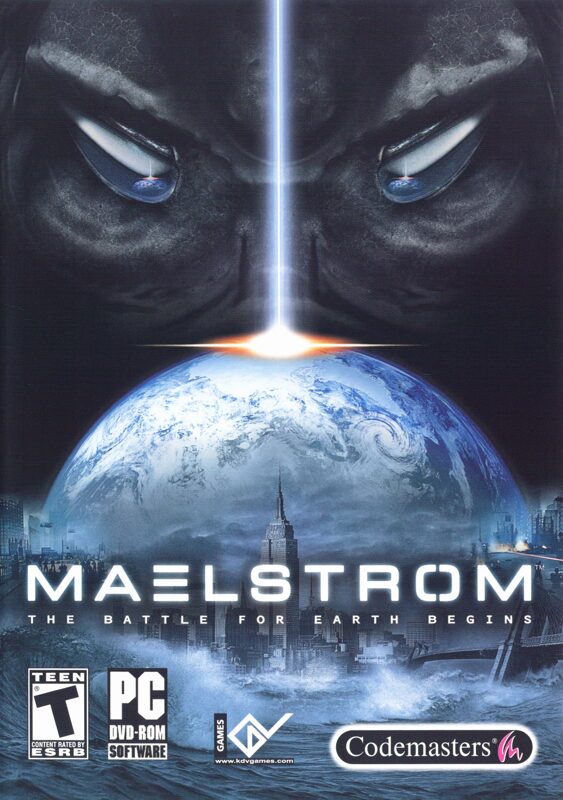
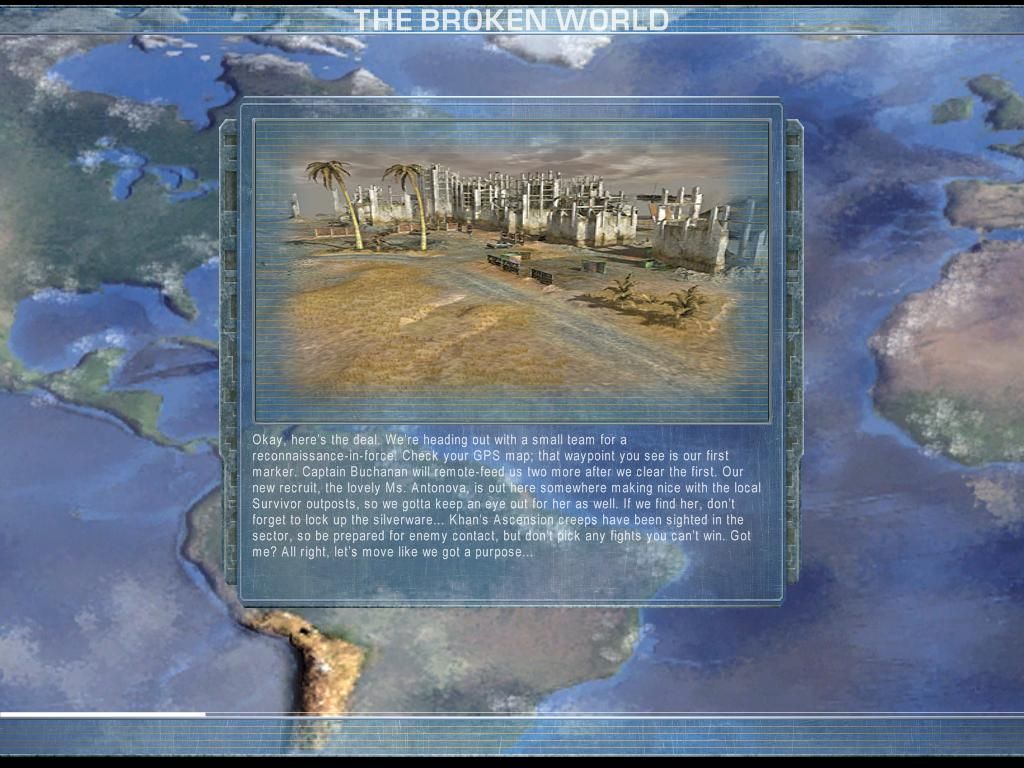
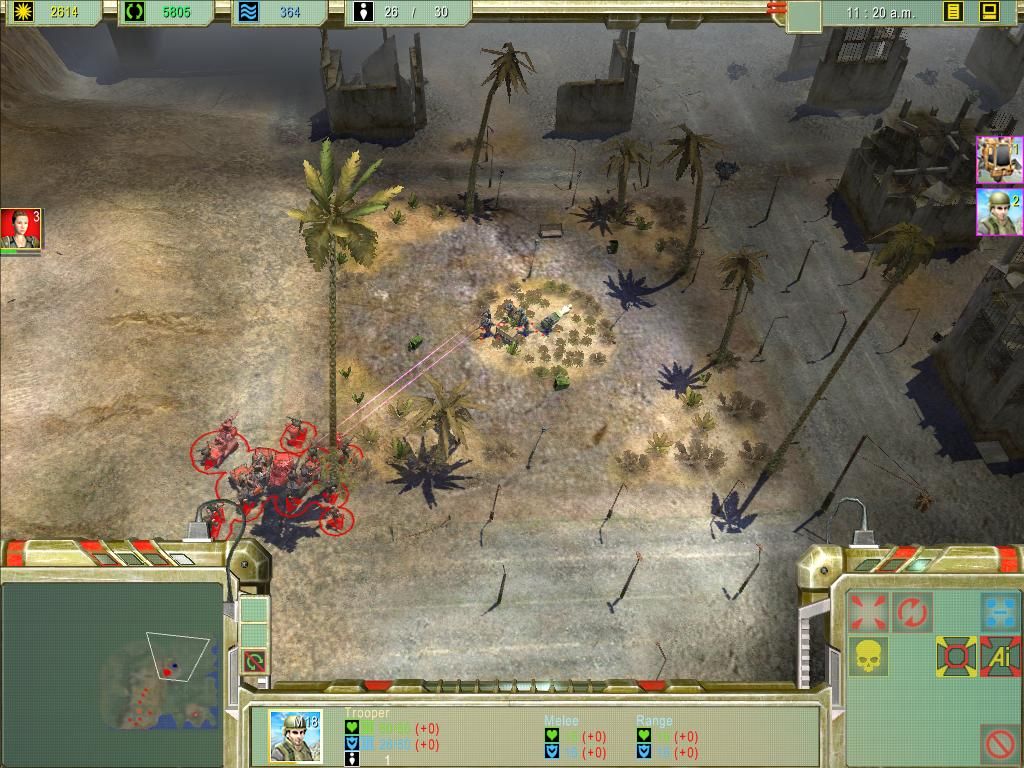
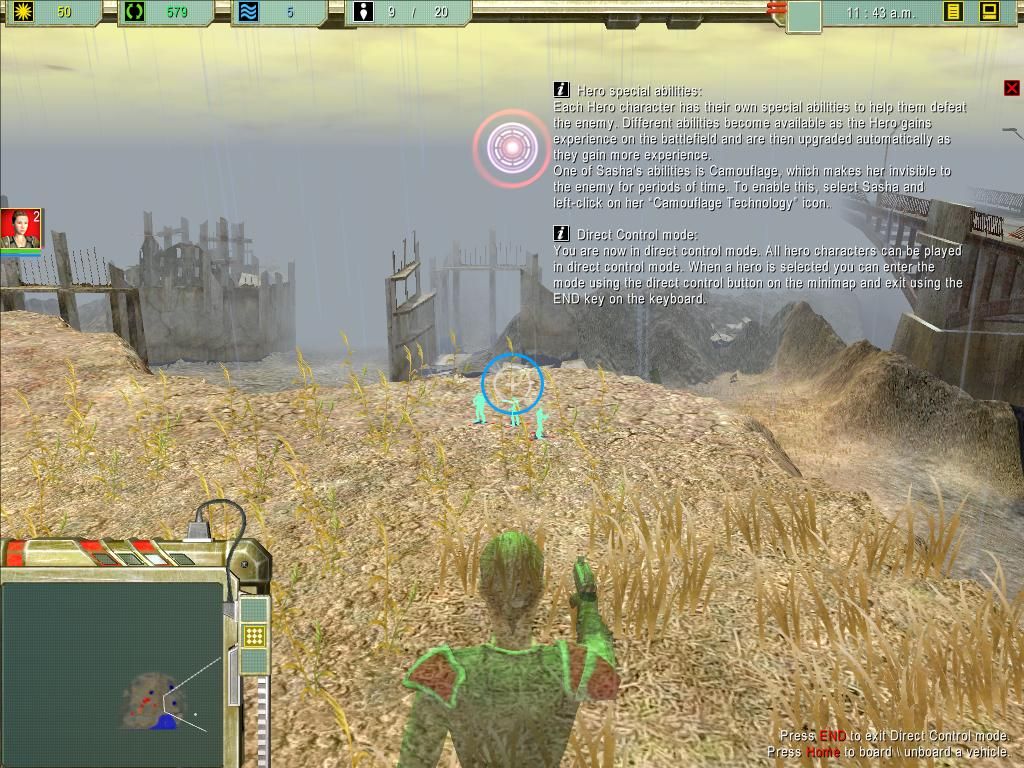
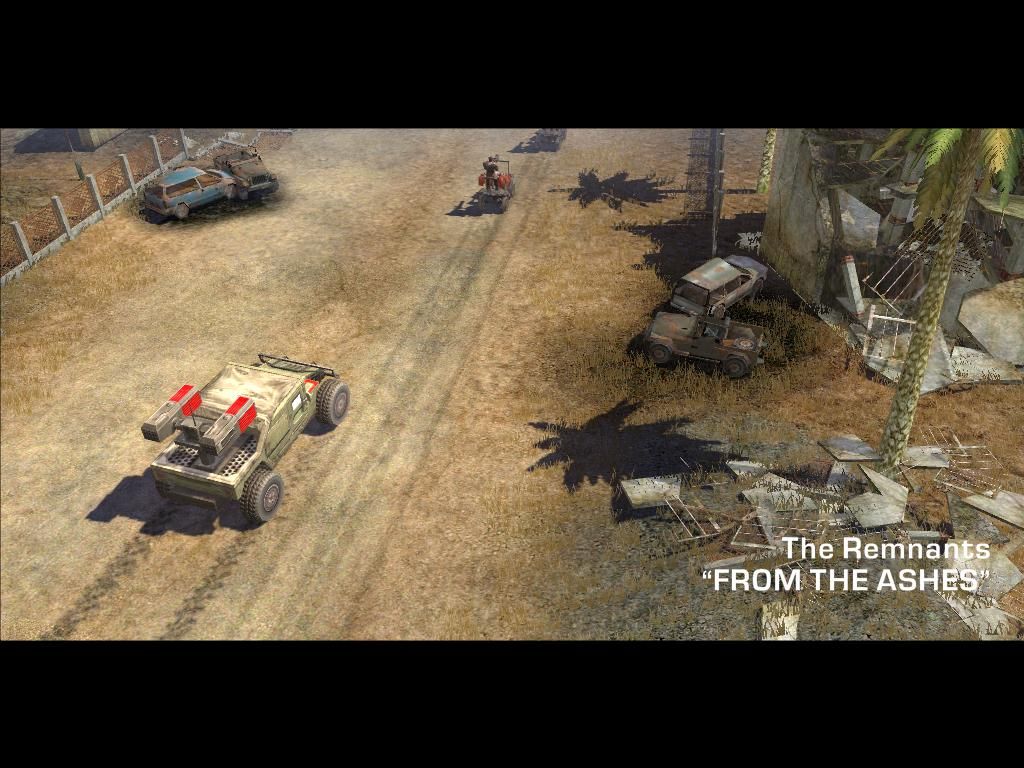
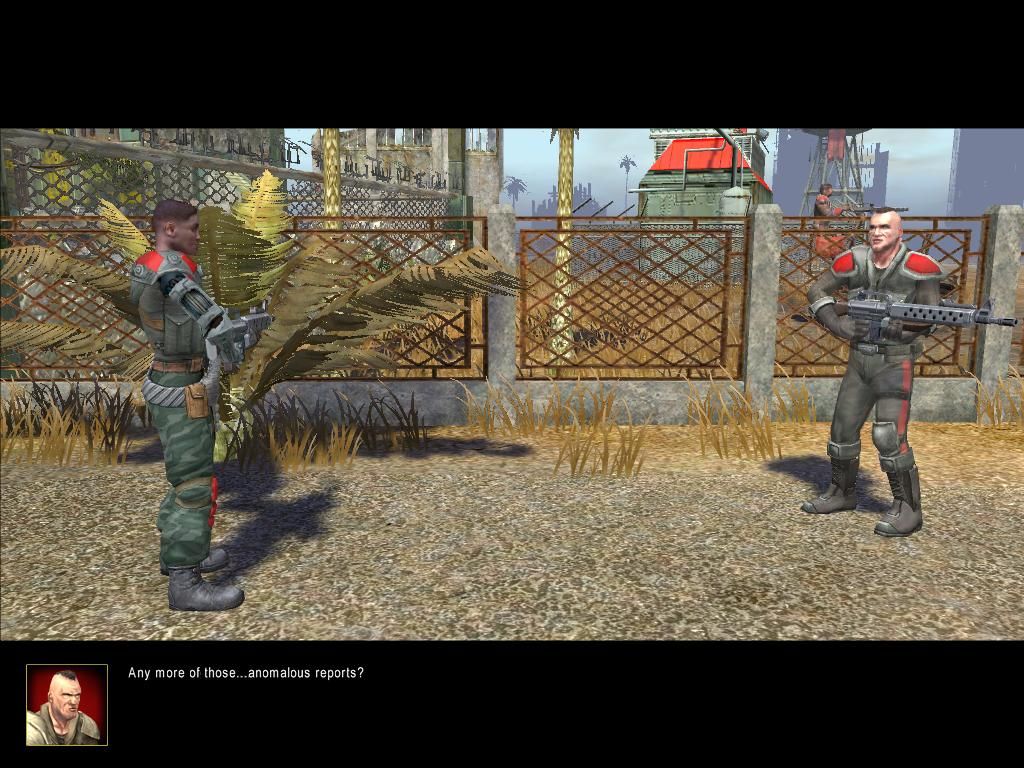



Reviews
There are no reviews yet.